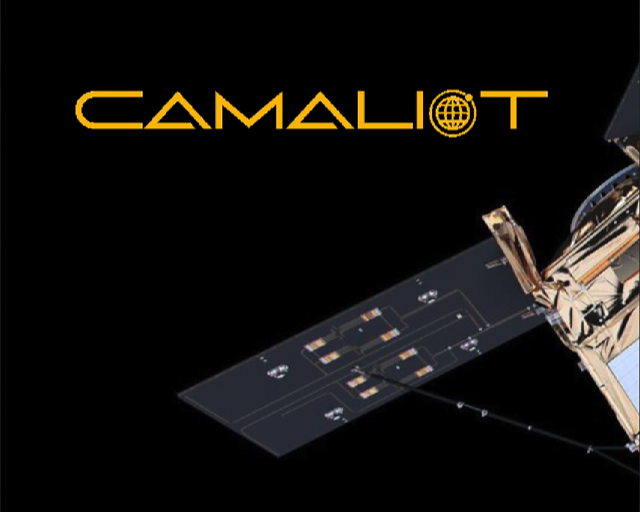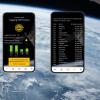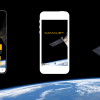
The CAMALIOT project involves the application of machine learning technology to raw data from the Global Navigation Satellite System (GNSS) to improve the prediction of extreme weather events in the atmosphere (troposphere) and in space (ionosphere)
 © p2722754 from Pixabay
© p2722754 from Pixabay
The ambitious infrastructure development plans for GNSS over the next few decades will mean that more than 120 GNSS satellites (including European Galileo satellites) will provide continuous data in multiple frequencies without interruption and on a permanent basis. This global and permanent GNSS infrastructure constitutes a major opportunity for the development of new GNSS scientific applications.
At the same time, there have been advances in the Internet of Things (IoT), which provides an increasing number of sensors that are able to collect a variety of measurements and provide improved GNSS performance. Among these new capabilities are Galileo dual band smartphone receivers and Android’s support for raw GNSS data recording, which represent major steps forward for improving data processing. This growing number of IoT GNSS devices, the expansion of ground-based networks of fixed GNSS receivers and the availability of GNSS space-based receivers has resulted in an increasing availability of GNSS products (i.e., GNSS Big Data).
Funded by the European Space Agency (under its Innovation in Satellite Navigation program - NAVISP), the main objectives of the CAMALIOT project are to:
- Assess the potential of IoT data providers as a source of raw GNSS data;
- Develop a crowdsourcing Android smartphone app for the acquisition of raw, crowdsourced GNSS data;
- Implement a Big Data repository for subsequent data fusion of IoT data (smartphones, IoT data providers) with more traditional GNSS data sources;
- Define and implement two use cases related to improving the prediction of extreme weather events in the atmosphere and in space.
The ultimate innovation objective of this project is to implement a unique, publicly valuable repository of crowdsourced GNSS data and products, designed for exploitation through machine learning and demonstrated through two GNSS science uses cases on weather prediction.
 © IIASA
© IIASA
CAMALIOT
IIASA focus
As a key research partner in the CAMALIOT project, IIASA is developing the smartphone application to read the raw GNSS data from Android phones that have dual frequency receivers (which is around 50 models in the market and is growing). A crowdsourcing campaign will be launched to engage users to use the app to collect the data during night-times, where the phone should be placed near a window. Modelling this somewhat on the SETI campaign in which users provided computer power to look for extra-terrestrial life, the app will run in the background and gather the information during a time when the phone is not in use and in a stable position.
In addition, IIASA has the task to investigate alternative sources of raw GNSS data from smart cities, the Internet of Things, wearables, surveying companies, drones, various forms of mobility such as car sharing, and navigation devices. These additional sources, if available, will complement the raw GNSS data from the smartphone app.
View results from the CAMALIOT campaign in this story map and in this interactive poster.
We are excited to be collaborating with GLOBHE, a drone as a service company providing global data on demand through the world's first Crowddroning platform. We will investigate how raw GNSS data from drones can enhance the machine learning algorithms for weather prediction.
News

11 August 2022
Sign up for the CAMALIOT autumn data collection campaign

17 March 2022


